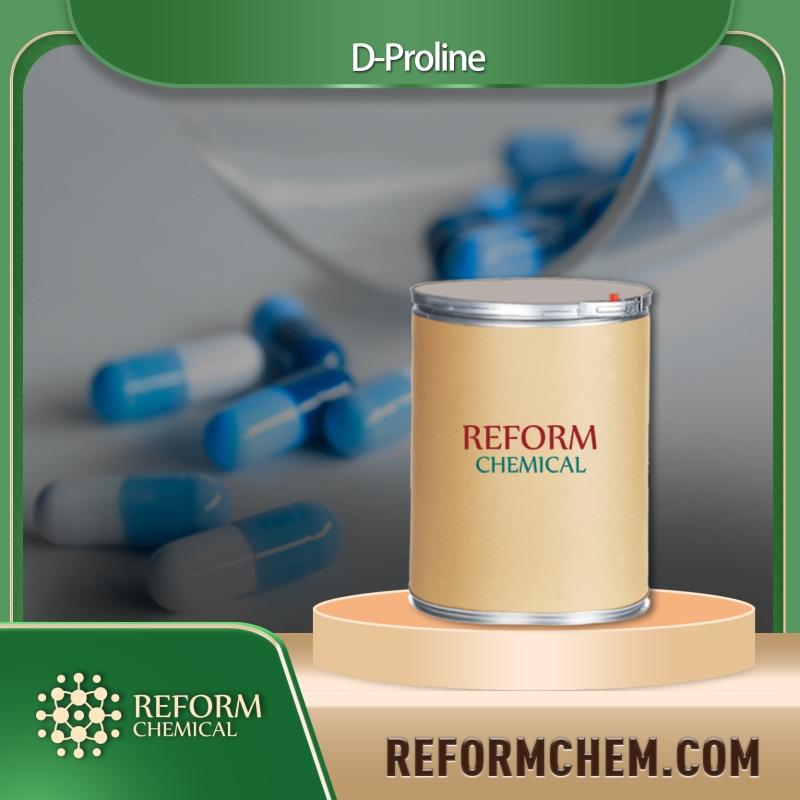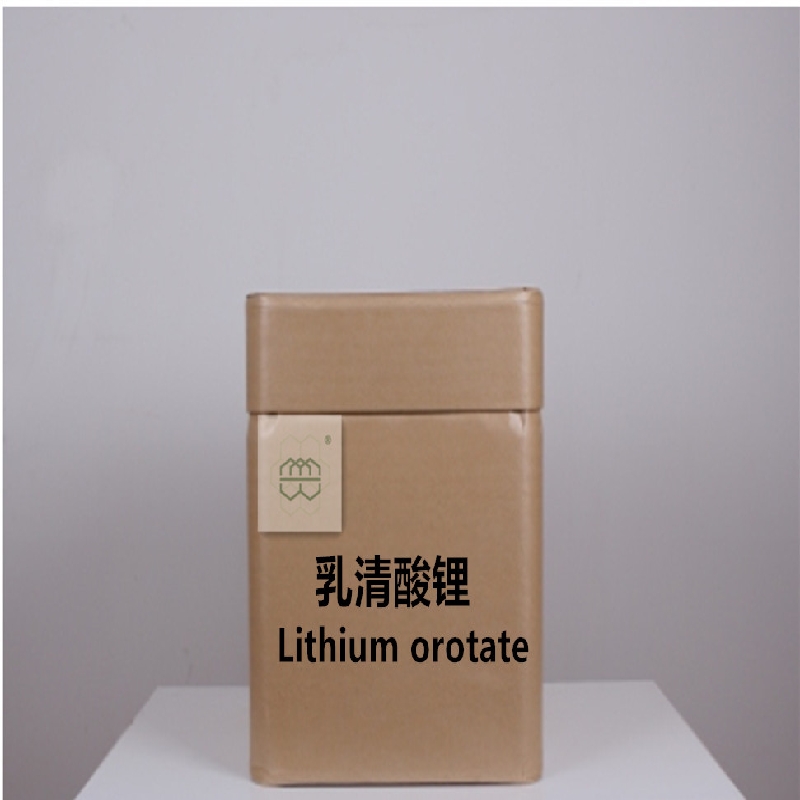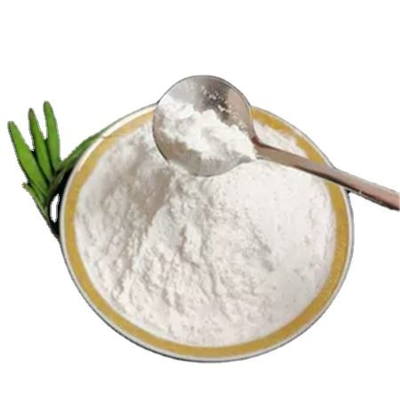-
Categories
-
Pharmaceutical Intermediates
-
Active Pharmaceutical Ingredients
-
Food Additives
- Industrial Coatings
- Agrochemicals
- Dyes and Pigments
- Surfactant
- Flavors and Fragrances
- Chemical Reagents
- Catalyst and Auxiliary
- Natural Products
- Inorganic Chemistry
-
Organic Chemistry
-
Biochemical Engineering
- Analytical Chemistry
-
Cosmetic Ingredient
- Water Treatment Chemical
-
Pharmaceutical Intermediates
Promotion
ECHEMI Mall
Wholesale
Weekly Price
Exhibition
News
-
Trade Service
Recently, the Bioactive Substances and Functional Food Innovation Team of the Institute of Agricultural Products Processing and Nutrition published a report entitled "Phenolic compounds from Chaenomeles speciosa alleviate inflammation in" in the first regional journal of the Chinese Academy of Sciences "Food Science and Human Wellness" (IF=8.
022).
lipopolysaccharide-treated RAW264.
7 macrophages via the NF-κB and MAPK pathways"
.
The anti-inflammatory effect and mechanism
of phenolic extract in lipopolysaccharide (LPS)-induced RAW264.
7 macrophages were systematically reported.
022).
lipopolysaccharide-treated RAW264.
7 macrophages via the NF-κB and MAPK pathways"
.
The anti-inflammatory effect and mechanism
of phenolic extract in lipopolysaccharide (LPS)-induced RAW264.
7 macrophages were systematically reported.
Chaenomeles speciosa (Sweet) Nakai), belonging to the family Rosaceae papaya, is widely planted in China, mainly distributed in Shaanxi, Gansu, Hubei, Shandong and other places, with a long planting history
.
Wrinkled papaya contains a variety of nutrients such as sugar, protein, fat, etc.
, and also contains polyphenols, flavonoids, polysaccharides, saponins and other bioactive ingredients, which has the effect
of regulating qi, relaxing muscles and activating the body, and gastric dampness.
In recent years, due to the high nutritional value and medical health care functions of wrinkled papaya, more and more researchers are committed to the research of
wrinkled papaya.
Some studies have shown that wrinkled papaya has antioxidant, anti-inflammatory, bacteriostatic, antitumor and other biological activities
.
Although wrinkled papaya has been used in the treatment of inflammation, the anti-inflammatory effects of phenolic substances in it and their molecular mechanisms are unknown
.
.
Wrinkled papaya contains a variety of nutrients such as sugar, protein, fat, etc.
, and also contains polyphenols, flavonoids, polysaccharides, saponins and other bioactive ingredients, which has the effect
of regulating qi, relaxing muscles and activating the body, and gastric dampness.
In recent years, due to the high nutritional value and medical health care functions of wrinkled papaya, more and more researchers are committed to the research of
wrinkled papaya.
Some studies have shown that wrinkled papaya has antioxidant, anti-inflammatory, bacteriostatic, antitumor and other biological activities
.
Although wrinkled papaya has been used in the treatment of inflammation, the anti-inflammatory effects of phenolic substances in it and their molecular mechanisms are unknown
.
In recent years, Yuncheng County, one of the "three breakthroughs" counties of our hospital, has actively introduced and standardized the planting of wrinkled papaya, which has become an important economic resource
for the county's rural revitalization.
Based on the rich resources of wrinkled papaya in China, this study studied the anti-inflammatory effect and mechanism of phenolic extract in LPS-induced RAW264.
7 cell inflammation model for the first time, which provided a theoretical basis for the application of phenolic substances in wrinkled papaya in anti-inflammatory treatment, and at the same time, it will effectively enhance the industrial value of wrinkled papaya, which has important economic value and social significance
for promoting the development of wrinkled papaya industry in China 。 Graduate student Hu Fuxia is the first author, and Liu Chao, associate researcher of the Institute of Agricultural Products Processing and Nutrition, is the co-first author, and the paper has been strongly supported
by the major scientific and technological innovation project of the key research and development plan of Shandong Province.
for the county's rural revitalization.
Based on the rich resources of wrinkled papaya in China, this study studied the anti-inflammatory effect and mechanism of phenolic extract in LPS-induced RAW264.
7 cell inflammation model for the first time, which provided a theoretical basis for the application of phenolic substances in wrinkled papaya in anti-inflammatory treatment, and at the same time, it will effectively enhance the industrial value of wrinkled papaya, which has important economic value and social significance
for promoting the development of wrinkled papaya industry in China 。 Graduate student Hu Fuxia is the first author, and Liu Chao, associate researcher of the Institute of Agricultural Products Processing and Nutrition, is the co-first author, and the paper has been strongly supported
by the major scientific and technological innovation project of the key research and development plan of Shandong Province.
Research Highlights:
1.
For the first time, in the LPS-induced RAW264.
7 macrophage inflammation model, the antioxidant effect and mechanism
of phenolic extract in wrinkled papaya were studied.
For the first time, in the LPS-induced RAW264.
7 macrophage inflammation model, the antioxidant effect and mechanism
of phenolic extract in wrinkled papaya were studied.
2.
30 μg/mL wrinkled papaya phenolic extract can significantly improve the increase
in the level of RAW264.
7 cellular inflammatory factor (TNF-α, IL-6, IL-1β) caused by LPS under the premise that it is non-toxic to cells.
30 μg/mL wrinkled papaya phenolic extract can significantly improve the increase
in the level of RAW264.
7 cellular inflammatory factor (TNF-α, IL-6, IL-1β) caused by LPS under the premise that it is non-toxic to cells.
3.
30 μg/mL wrinkled papaya phenolic extract had a significant inhibitory effect
on the high expression of nitric oxide synthase (iNOS) and cyclooxygenase-2 (COX-2) in RAW264.
7 cells caused by LPS.
30 μg/mL wrinkled papaya phenolic extract had a significant inhibitory effect
on the high expression of nitric oxide synthase (iNOS) and cyclooxygenase-2 (COX-2) in RAW264.
7 cells caused by LPS.
4.
Phenolic extracts in wrinkled papaya can exert anti-inflammatory effects
through NF-κB and MAPK pathways.
Phenolic extracts in wrinkled papaya can exert anti-inflammatory effects
through NF-κB and MAPK pathways.
Article link:







